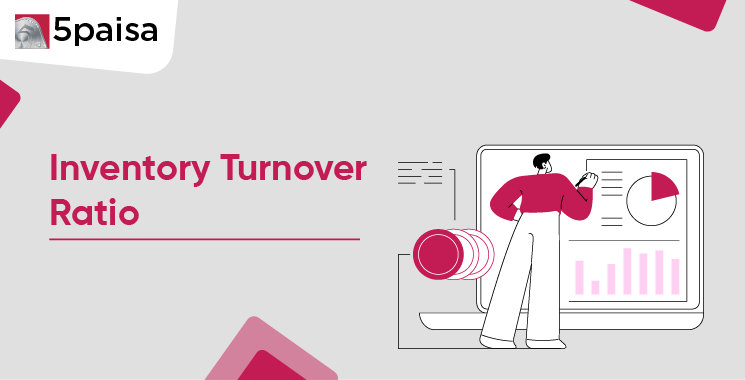Content
- What is the Inventory turnover ratio?
- How Inventory Turnover Ratio Works?
- How to Calculate Inventory Turnover Ratio (ITR)?
- Why Do Inventory Turns Matter?
- Differences in Inventory Turnover by Industry
- Why Is a Higher Inventory Turnover Ratio Better?
- How Else Can Inventory Turnover Ratio Be Used?
- 5 Inventory Turnover Optimization Techniques
- Strategies to Improve Inventory Turnover Ratio
- Common Pitfalls in Inventory Turnover Calculation
- Real-World Examples of Inventory Turnover Analysis
- Conclusion
The inventory turnover ratio is an important ratio that measures how efficiently a company manages its inventory. This ratio gives an insight into how quickly a company sells its products and restocks. In this blog, we will know more about the significance of the inventory turnover ratio and its implications for businesses of all sizes.
More Articles to Explore
- Difference between NSDL and CDSL
- Lowest brokerage charges in India for online trading
- How to find your demat account number using PAN card
- What are bonus shares and how do they work?
- How to transfer shares from one demat account to another?
- What is BO ID?
- Open demat account without a PAN card - a complete guide
- What are DP charges?
- What is DP ID in a demat account
- How to transfer money from demat account to bank account
Disclaimer: Investment in securities market are subject to market risks, read all the related documents carefully before investing. For detailed disclaimer please Click here.
Frequently Asked Questions
A low turnover ratio may signal dead stock—unsold items tying up capital. Improving turnover helps clear outdated inventory and enhances storage efficiency and cash flow.
The ideal ratio varies by industry. Generally, a higher ratio suggests efficient stock movement, but too high a rate could lead to stockouts and missed sales opportunities.
A low inventory turnover ratio calls for reviewing pricing, improving demand forecasting, reducing excess stock, and optimising promotions to increase sales and free up tied-up working capital.
An inventory turnover ratio of 12 means a company sold and replenished its stock 12 times in a year, indicating strong sales performance and highly efficient inventory management.
A turnover ratio of 5 suggests the inventory was sold and replaced five times annually. This may indicate moderate efficiency, though its significance varies by industry and product type.
Inventory turnover is calculated by dividing the cost of goods sold (COGS) by the average inventory during a given period, typically expressed annually to assess inventory movement.
An ideal inventory turnover ratio depends on the industry. Generally, a higher ratio reflects better stock efficiency, but extremely high rates may risk stockouts and lost sales.



